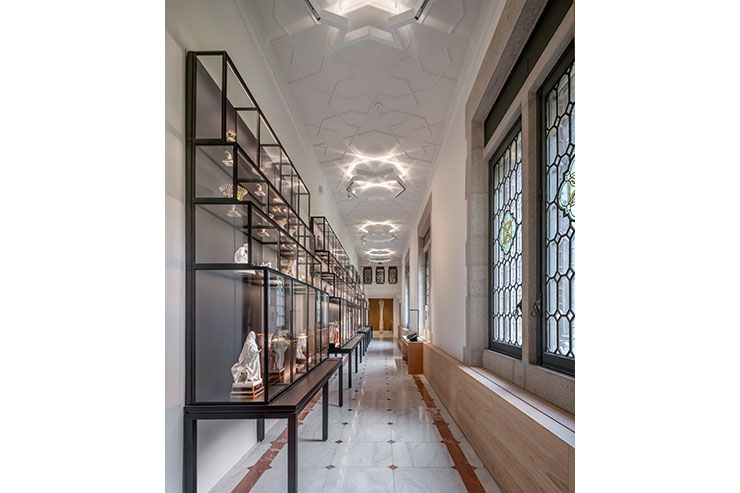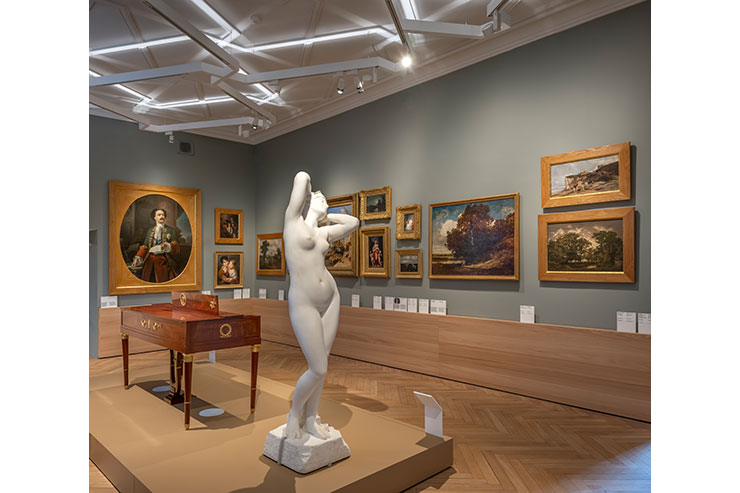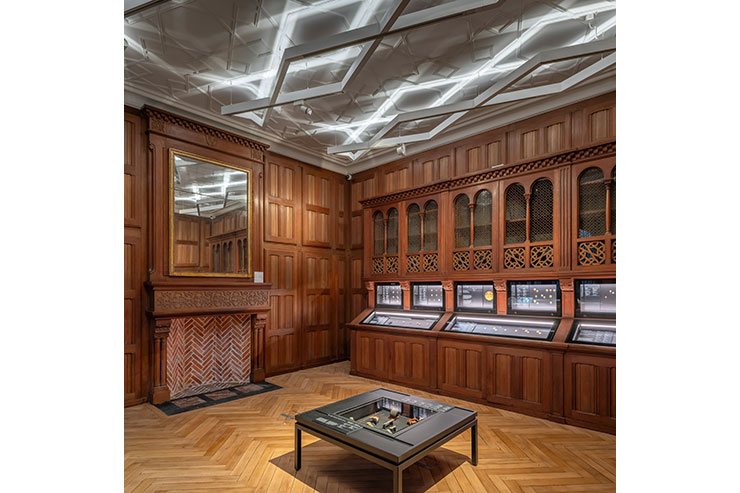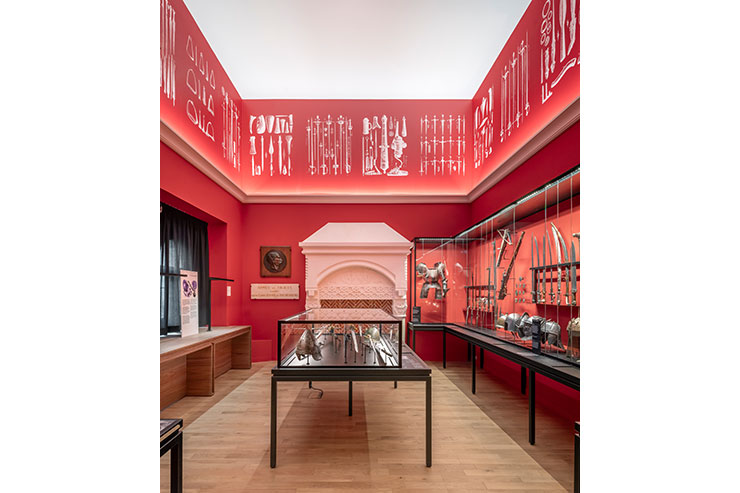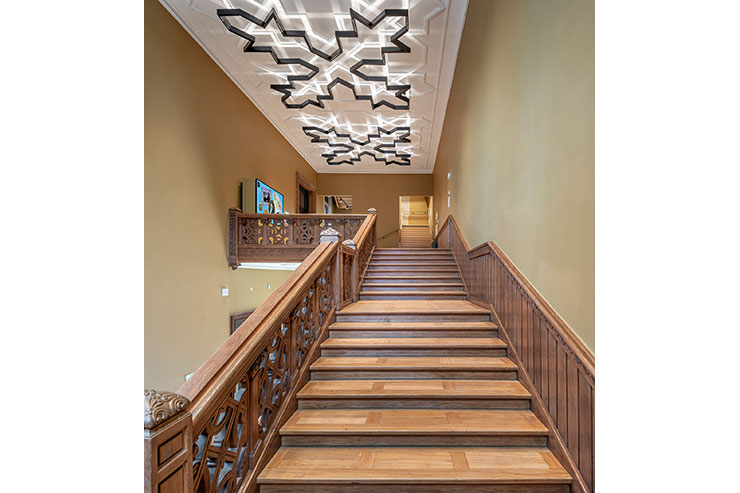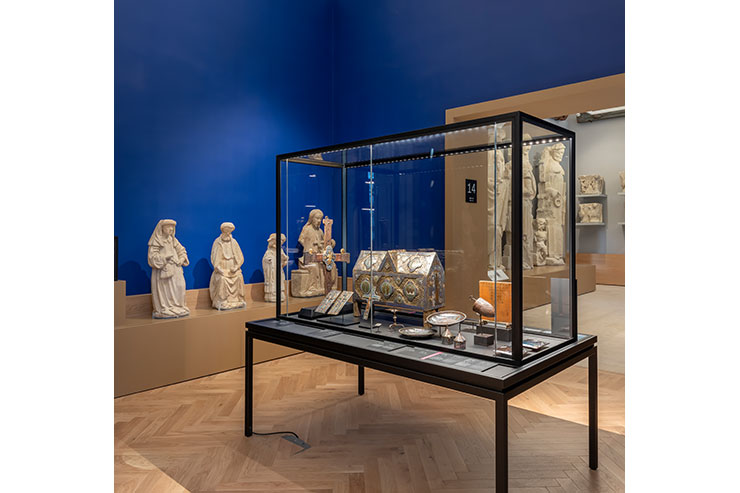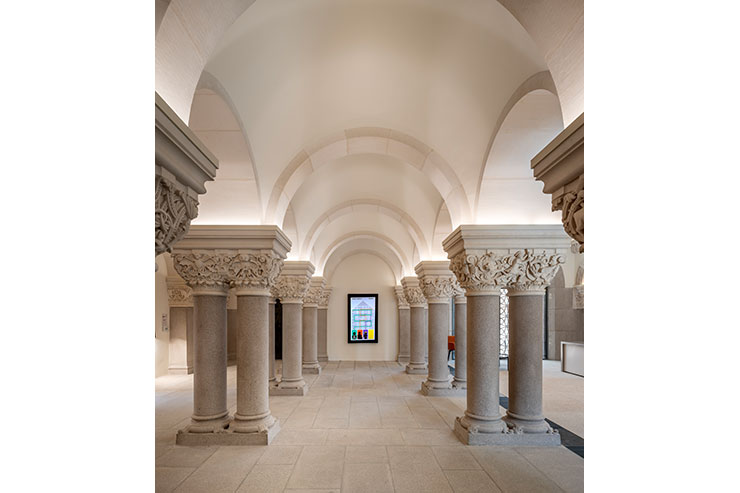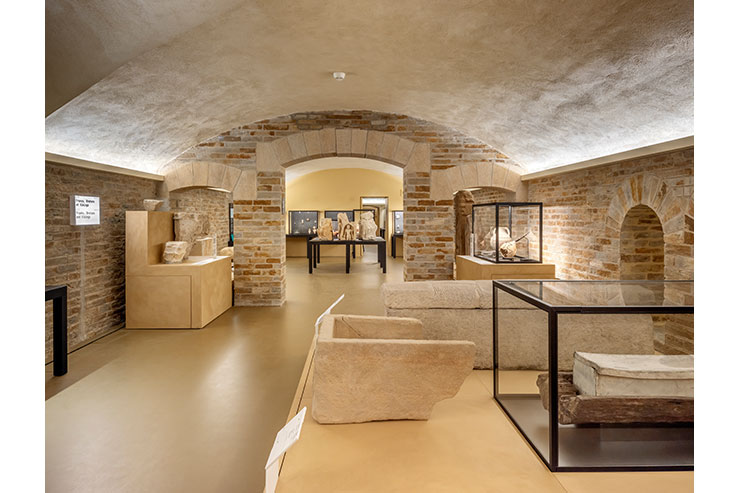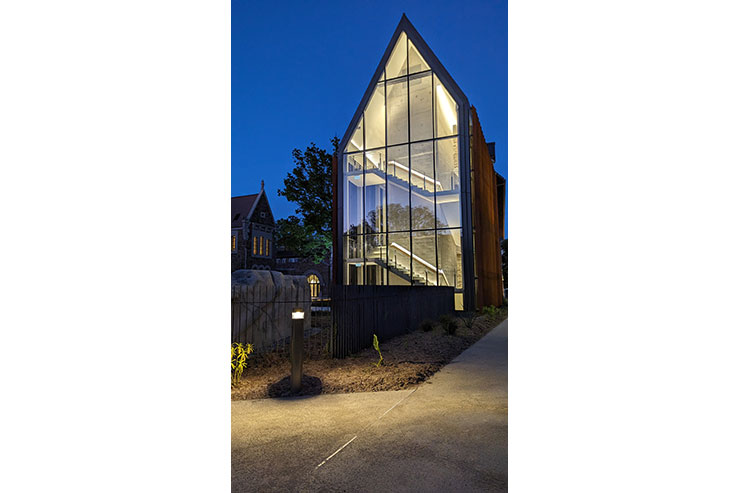- ABOUT
- JUDGING
- CONTACT
- MORE
- 2024 Entries
- Installations 2024
- Past Winners
- Subscribe
- [d]arc directory
- arc magazine
- darc magazine
Musée Dobrée, France
ProjectMusée DobréeLocationNantes, FranceLighting DesignTemeloy, UKArchitectAtelier Novembre, FranceInterior DesignAdeline Rispal, France (exhibition designer)ClientDépartement Loire AtlantiqueLighting Suppliersformalighting, ERCO, iGuzzini
The Musée Dobrée is a world-renowned archaeology museum located in the Nantes Graslin district of upper Brittany. The museum was first conceived by Thomas Dobrée in 1810. In 1894, he bequeathed his extensive collection of rare artworks to Conseil General de la Loire -Inferieure. In 1899, the museum that had long been Dobrées’ brainchild was finally opened.
The museum was closed for restoration from 2017-2024. During this period, the development of the reimagined Musée Dobrée lies credit to architect Artelier Novembre, exhibition designer Adeline Rispal, and lighting designer Tiphaine Treins of Temeloy.
Temeloy’s approach enlisted light as a subtle guide, leading visitors through the museum’s rich narrative. The warm, intimate illumination echoed the buildings’ historical context, while the precisely balanced ambient and accent lighting created depth. Shadow became an active design element, protecting and preserving sensitive artefacts while adding mystery and drama.
Multiple light sources work in harmony to eliminate harsh shadows, while warm colour temperatures enhanced the natural qualities of the diverse art works. Light became more than illumination—rather an integral part of the overall museum experience, revealing the Musée Dobrée’s collections with both drama and discretion.
In the Palais, many of the rooms feature individualised highly patterned ceilings. From the initial concept Temeloy identified the lighting system had to be invisible to the visitor to evade distraction, while enhancing their presence of the artworks in the rooms. Temeloy suspended an up-and-down aluminium profile from the ceilings that followed the decorative patterns with indirect light, creating a gentle ambient illumination that filled the space without overwhelming the artworks.
Recessed tracks were installed to house projectors and create accent lighting on the various artworks where and when it is needed. A 3D scan of each room was conducted; enabling the calculation and design of each profile to ensure the adorning ceiling pattern was meticulously followed.
Staying with the vision of concealed illumination, one of the biggest challenges was the museum basement floor. The absence of natural daylight meant that the space was not utilised to its fullest, nor was it an inviting environment. To overcome this, Temeloy integrated lighting into a corniche along the wall. This gives the space a cohesive and enveloping feeling, encouraging visitors to engage more deeply with the art on display.
Finally, Temeloy developed a custom lighting system concealed in the profile holding the different glasses for the showcases.
In summation, Temeloy’s lighting design philosophy was centered on creating a dialogue between light and history. Rather than merely illuminating spaces, Temeloy sought to craft an immersive journey that revealed the museum’s treasures through carefully orchestrated layers of light leading visitors through the museum’s rich narrative. Warm, intimate illumination echoes the buildings’ historical context, while precisely balanced ambient and accent lighting created depth and dimension. Shadow became an active design element, protecting sensitive artifacts while adding mystery and drama to the experience.
